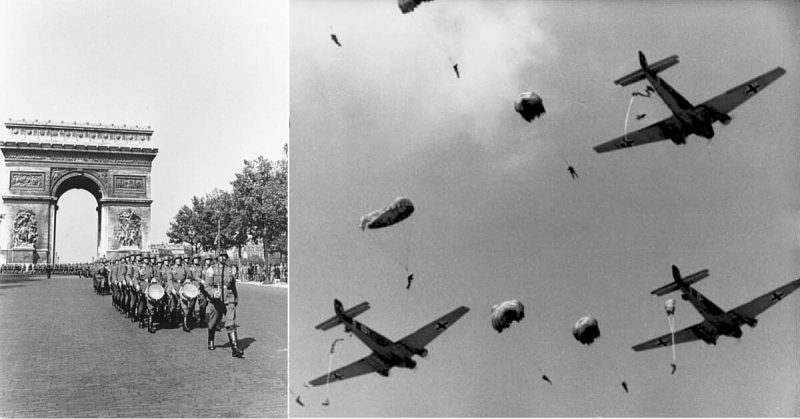Under the leadership of Adolph Hitler, Germany invaded over twenty countries in Europe and Africa. The reasons for these invasions varied from country to country, as shown by these examples.
1. Czechoslovakia
The occupation of the Sudetenland, the border regions in the north and west of Czechoslovakia, was the first time Hitler flexed his military muscles in Europe. The region was conceded to Germany by the Czech government in an attempt to avoid war after the Germans made demands for it to be handed over.
For Hitler, this fulfilled two aims. One was to unite the German speaking people of this region with Germany, supporting his goal of a larger, united German nation. The other was that it let him test how far he could push other European powers, who backed down rather than defend Czechoslovakia from German threats.
2. Austria
Like the occupation of the Sudetenland, that of Austria was part of a drive towards a great Germany. Austria had been part of the German Confederation until Prussia pushed it out in the Austro-Prussian War of 1866, ensuring that Prussia led German unification five years later. There had been an attempt to include Austria in a larger Germany in 1918 though other countries blocked this. To Hitler, taking over Austria – a move known as Anschluss – was simply the expansion of Germany to its natural borders.
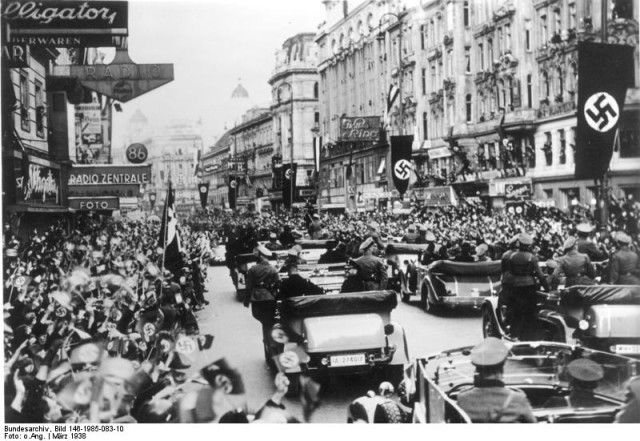
3. Poland
Having brought most Germans together, Hitler wanted more space for them to live in. ‘Lebensraum’, meaning ‘living space’, was his idea that the German people had a right to a greater territory to support them and ensure their growth. This was to come at the expense of other people, who he saw as inferior. Poland, a large country with a lot of agricultural lands, provided both an easy target and plenty of space.
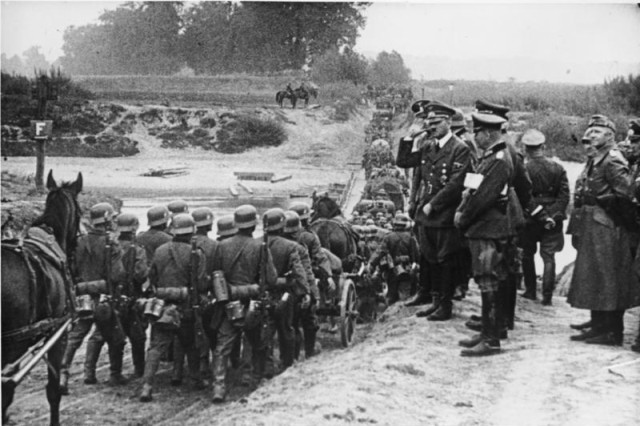
4. Denmark
Southern Denmark contained some German speaking people, and there were Nazis who hoped to occupy it in time. But the reason for its invasion in 1940 was a strategic one.
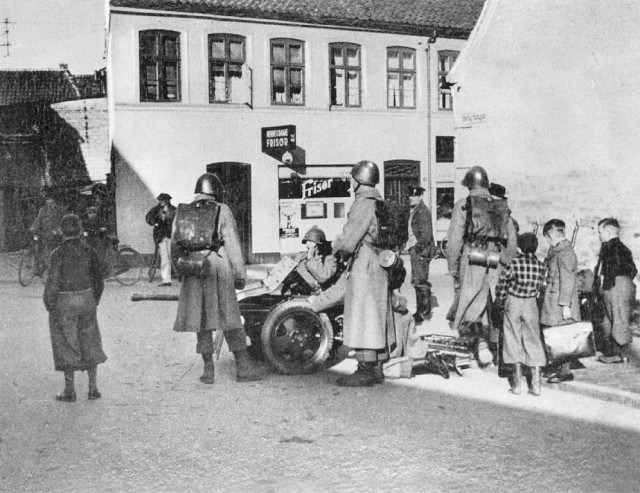
Norway was an important territory for the Nazis to occupy, strategically rather than ideologically. Northern Jutland in Denmark would provide a good base for launching that attack. Denmark was smaller than Germany, and taking her out helped secure the northern land border. And so, for convenience rather than any other purpose, Germany invaded.
5. Norway
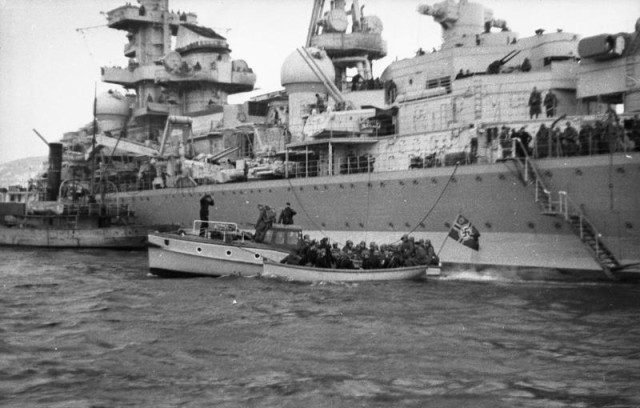
On some level, economic reasons underlie many wars. In the case of the German invasion of Norway, these reasons were of the utmost importance.
Norway had ice-free ports with access to the north Atlantic, with its trade routes vital to Europe. It also provided access to the mines of mineral rich Sweden to the south and east. Both trade and minerals would be vital to winning the war.
The Norwegian government had long struggled to remain neutral. Though it leaned more towards Britain than Germany, the British and French had laid plans to invade it before the Germans could, securing those vital resources. Hitler beat them to the punch, securing resources and a strategic position that would support German trade and industry.
6. Belgium
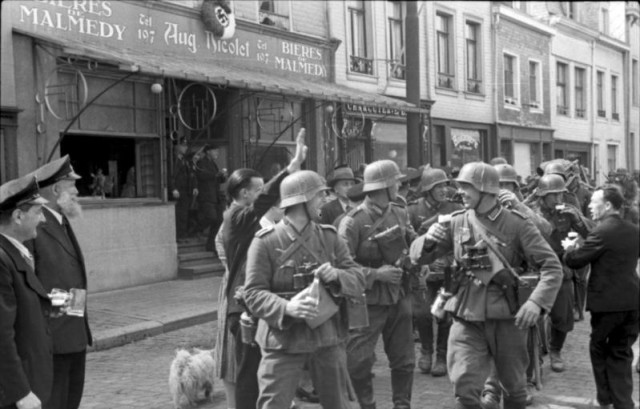
Since the First World War, France had built a line of tough concrete defences along its border with Germany – the Maginot Line. Attacking these head on would have cost Hitler dearly and slowed down the fast-moving blitzkrieg attacks that were Germany’s specialty.
However, France had not extended the Maginot line along the Belgian border, for fear of offending her neighbours. So Hitler invaded Belgium in order to outflank the French defences and allow a swift invasion of France.
7. The Netherlands
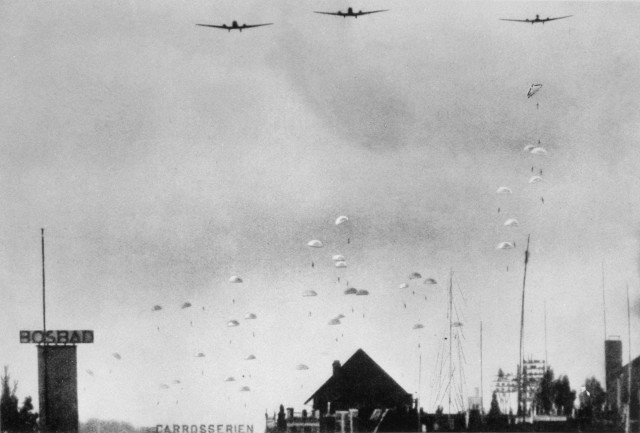
Invading Belgium involved violating Dutch territory by going through the area known as the Maastricht Appendix. Herman Göring, the head of the Luftwaffe, feared that the Dutch might respond by allowing the British to use their air bases to launch attacks against the Germans. And so the Netherlands, like Belgium and Denmark, found itself invaded for reasons of strategic convenience.
8. France
Hostility between France and Germany went back over a century, to the time of Napoleon. It was through a war with France in 1870-1 that Germany was united, and France was among the Allied powers that had beaten Germany in the First World War. Revenge for that war was a huge part of Hitler’s agenda, making war between the two countries almost inevitable. France’s military alliance with Poland, signed in 1921, brought the French into the war and gave Hitler the excuse he needed.
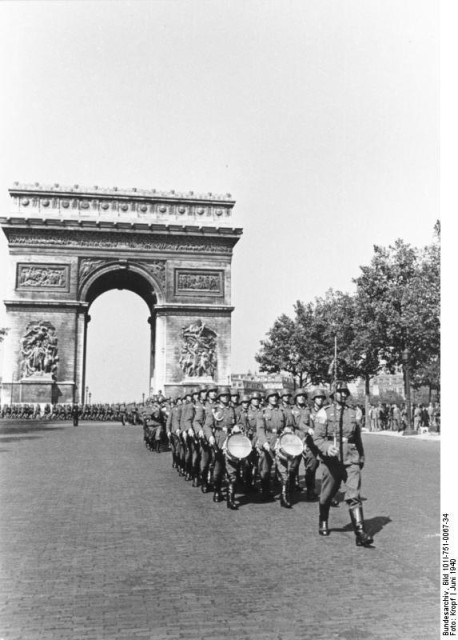
9. Britain – the Channel Islands
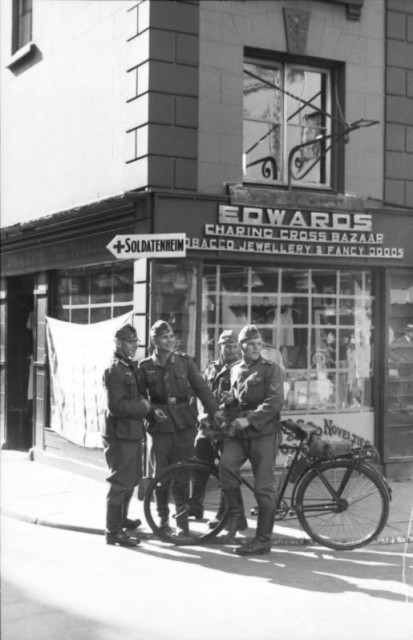
Though mainland Britain stood free of invasion, the Channel Islands, being closer to France than England, were occupied by the Nazis. Britain was another of the powers Hitler wanted revenge on and joined France in declaring war after the invasion of Poland. With war underway, the Germans could hardly leave the British with bases of operations just off the occupied French coast. And so Britain was invaded, on a small scale.
10. The Soviet Union
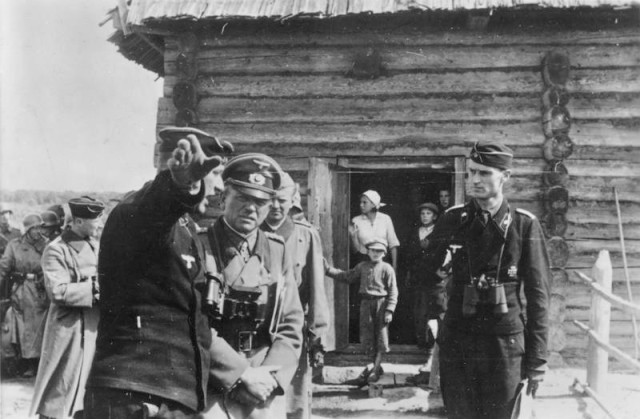
At the start of the Second World War, Germany, and the Soviet Union were allies, but this was never going to last. The Nazis were ideologically opposed to the Communist ideas under which the Soviet Union was run. As in much of Europe, there were many people in Germany who feared Communism, and Hitler had added fuel to this fear, using it to support his rise to power. He believed it was necessary for his plans, that the Soviets should be defeated, however, hard that would be.
11. Italy
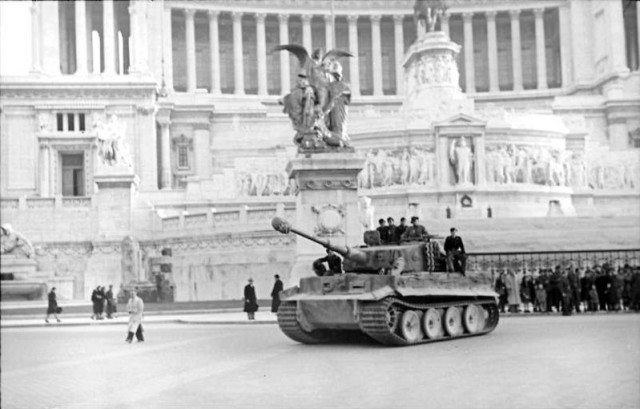
At the start of the war, Italy was Germany’s strongest ally. But this did not last. By 1943, losses on every front made Italians unhappy about the war. The Allies invaded in July of that year, and on the 25th of July Mussolini was ousted by a government that sought peace.
The Germans could not let Italy surrender. They rescued Mussolini and used him as head of a puppet government in the north. Italy was now effectively occupied by two opposing armies – that of the Germans in the north and the Allies in the south.
